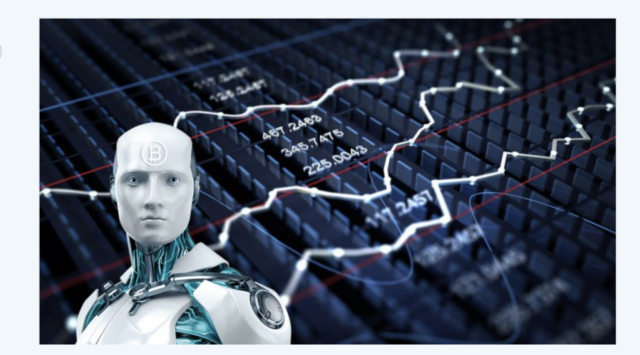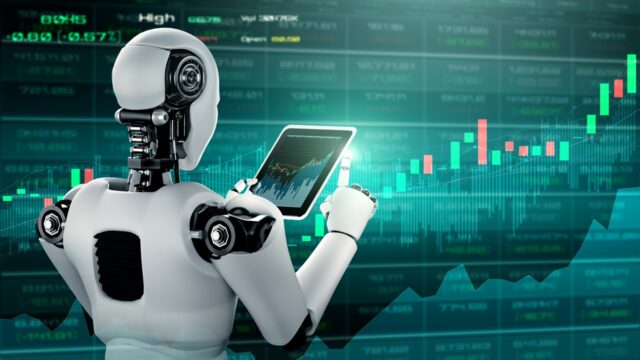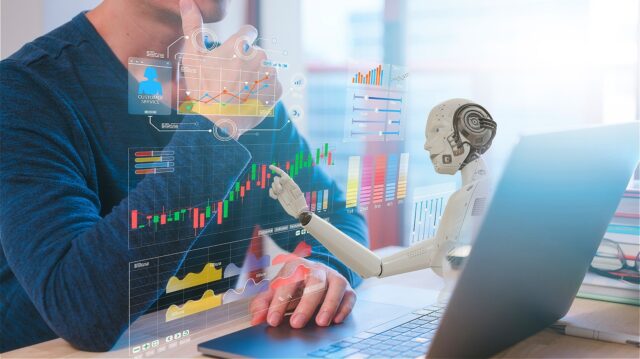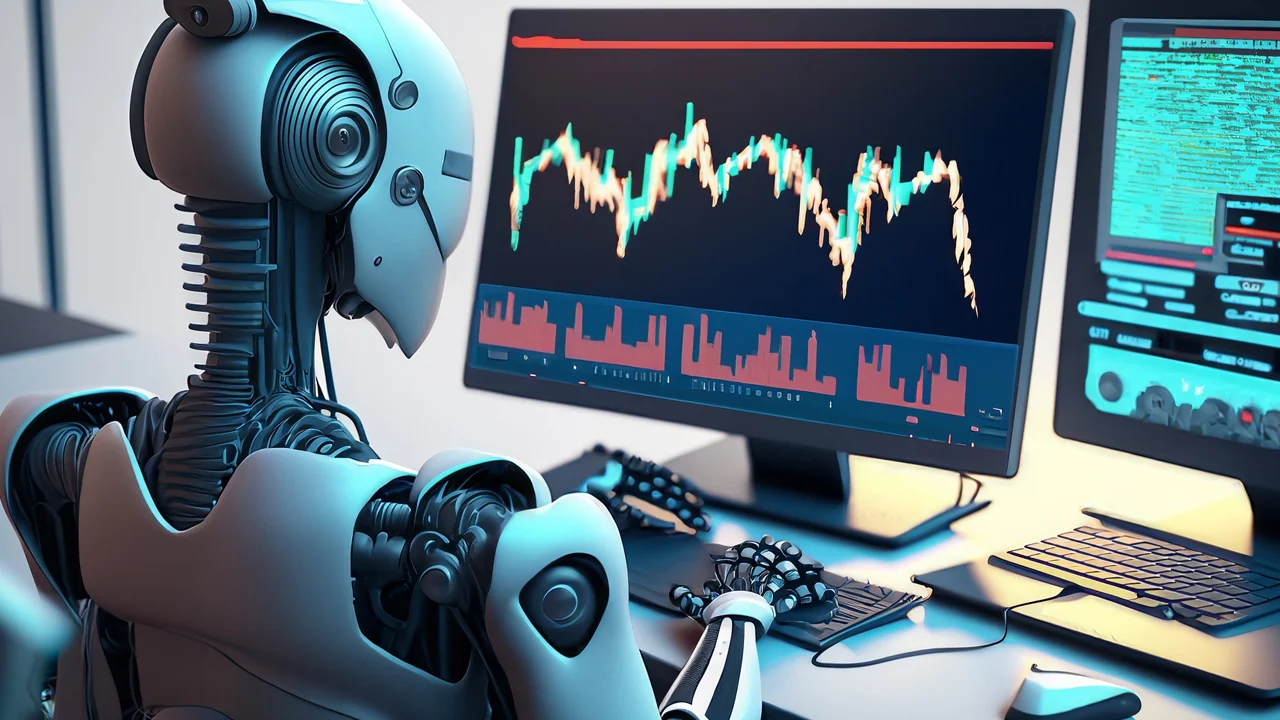If you are seriously involved in the world of trading, then you have probably heard all the buzz surrounding artificial intelligence (AI), AI Trading Bots, and machine learning.
But were you aware that you can take your trading game to the next level if you integrate machine learning into your AI trading bots? With this powerful combo, Finance Phantom Bot can learn from data, adapt to changes in the market, and continuously improve its performance. Doesn’t that sound great?
Let’s dive into why and how you can integrate machine learning techniques to enhance your AI trading bots.
Why Use Machine Learning in Trading Bots?

1. Adaptive Learning
One of the biggest benefits that machine learning offers is its ability to learn and adapt. Unlike bots that use static trading strategies, one enhanced with machine-learning techniques is capable of analyzing historical data and then adjusting its strategies and tactics according to the new market conditions. This means that you do not have a reactive bot; you have a proactive one and this gives you a significant edge during trading.
2. Better Decision-Making
Machine learning algorithms can process large amounts of data at super-fast speeds. When your AI trading bot uses such an algorithm, it can identify correlations and patterns that even seasoned traders might miss. This means that your bot will be able to make data-driven and smarter decisions that can enhance and improve your overall trading strategy.
Techniques for Integration

Now that you know why you should integrate machine learning into AI trading bots, it is time to check out the techniques that can be used to do so.
1. Supervised Learning for Prediction
When you train your AI trading bot on labeled data, you are essentially incorporating supervised learning techniques. For instance, trading indicators and historical data can serve as input, and successful, or unsuccessful trades are considered the outcomes.
Over time, the AI trading bot will be able to identify patterns that can result in profitable trades, and it can refine its decision-making process.
2. Reinforcement Learning for Strategy Optimization

Reinforcement learning is all about trial and error. You can use trading simulations to help your AI trading bot learn from both failures and successes. With this method, you can optimize your trading strategies continuously, as the bot will use past experiences to adjust its approach. You can also incentivize the bot to improve strategies over time when you set rewards for good trades and penalties for losses.
3. Model Evaluation and Adjustment
One of the most important things you need to do is evaluate your bot’s performance regularly. You can use real-time trading results as well as backtesting to do so. You can identify areas of improvement when you compare the predictions with actual market outcomes. If a strategy does not perform well, you can adjust the parameters or use new data to train it. An AI trading bot, such as Finance Phantom Bot AI trading, will remain effective in ever-changing market conditions when you evaluate it continuously.
If you are looking to supercharge your trading strategy, you cannot go wrong with integrating machine learning into your AI trading bots. It can result in smarter decision-making, and you can see your profits go up!






